Mobilizing Capital Through Impact-Linked Finance: Lessons from Bangladesh and Beyond
ANDE Asia, in collaboration with Roots of Impact, recently hosted a dynamic session of the SGB Finance Series, spotlighting how Impact-Linked Finance (ILF) can unlock more capital for impact-driven enterprises across Southeast Asia. The session offered practical insights into ILF implementation, drawing from real-world example and engaging dialogue among key ecosystem players.
A Deep Dive into Bangladesh's ILF Model
Adrija Das of Roots of Impact kicked off the session by sharing learnings from the Biniyog Briddhi program in Bangladesh, implemented in partnership with LightCastle Partners. She outlined the program’s four foundational pillars—capacity building, catalytic funding, advocacy, and knowledge management—as critical for fostering an enabling environment for ILF.
A core takeaway from her presentation was the “funnel concept”—a strategic approach that creates multiple engagement touchpoints for investors, entrepreneurship support organizations, and impact enterprises. This collaborative model was highlighted as a key success factor in mobilizing capital and strengthening enterprise growth.

Fireside Chat
Moderated by Mercy Zulu of Roots of Impact, the fireside chat brought together Bijon Islam of LightCastle Partners, and Rifad Hossain, founder of Shombhob, a job-tech platform focused on low-income job seekers.
Benefiting from the ILF model, Rifad shared his journey of balancing impact with commercial viability through a blended funding model that includes grants, debt, and equity—from both concessional and commercial sources. Both speakers emphasized the value of pairing technical assistance with catalytic funding to meet the evolving needs of enterprises at various growth stages.
A standout element of the discussion was the role of impact measurement in ILF. Participants explored how the ILF model—especially through the Impact-Ready Matching Fund (IRMF)—transforms high-level impact goals into actionable key performance indicators (KPIs).
Unlike one-size-fits-all funding models, ILF is a flexible, performance-based approach that can be integrated across a variety of financial instruments. As development funding landscapes shift globally, ILF presents new opportunities for alternative funders seeking to drive impact while ensuring sustainable enterprise growth.

What’s Next in the Series
The session closed with a look ahead: the next session of the SGB Finance Series will delve deeper into ILF case studies and practical implementation lessons. We aim to continue socializing the ILF framework, building a shared understanding of how it can be used to unlock capital and scale impact across Southeast Asia.
Stay tuned as we continue this important conversation—and bring more voices, experiences, and insights into the fold.

